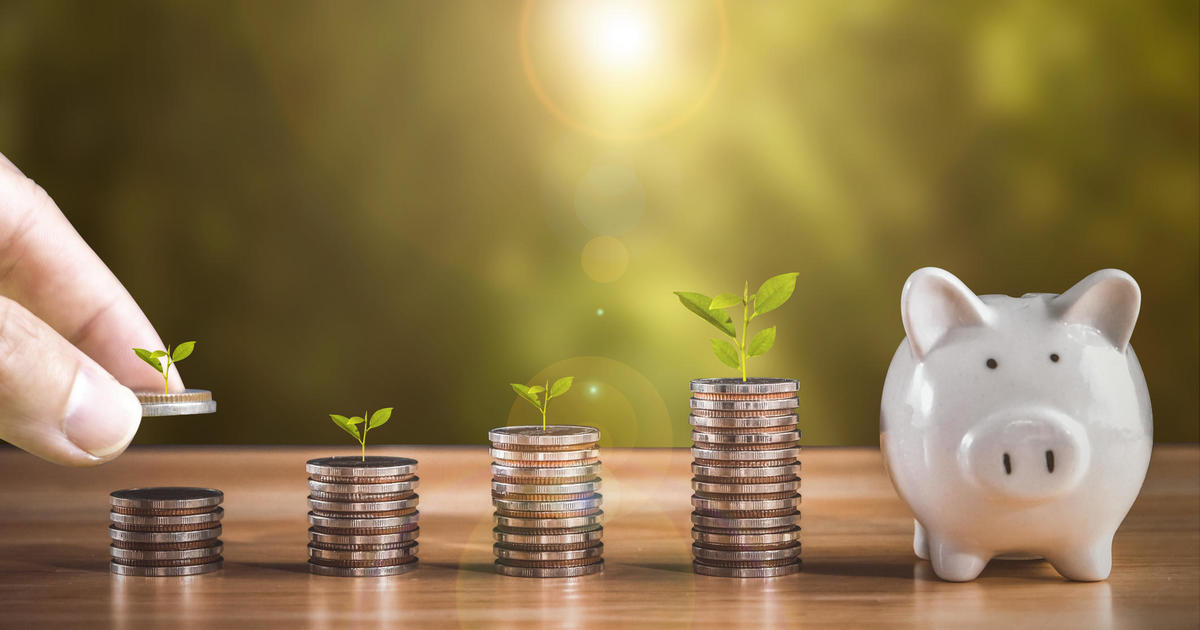The Fed's favorite inflation gauge shows price hikes cooled in December
The Federal Reserve's preferred inflation gauge eased further in December, and consumer spending dipped — the latest evidence that the Fed's series of interest rate hikes are successfully putting the brakes on the economy.
Friday's report from the Commerce Department showed that prices rose 5% last month from a year earlier, down from a 5.5% year-over-year increase in November. It was the third straight drop.
Consumer spending fell 0.2% from November to December and was revised lower to show a drop of 0.1% from October to November. Last year's holiday sales were sluggish for many retailers, and the overall spending figures for the final two months of 2022 were the weakest in two years.
The pullback in consumer spending will likely be welcomed by Fed officials, who are seeking to cool the economy by making lending increasingly expensive. Still, the decline in year-over-year inflation matches the Fed's outlook and isn't likely to alter expectations that the central bank will raise its key rate by a quarter-point next week — a smaller increase than the previous six rate hikes.
"The Fed can legitimately downshift the pace of rate hikes next week as inflation cools," noted Jeffrey Roach, chief economist for LPL Financial, in a Friday note. "Despite the solid headline [fourth-quarter] growth rate, important components of the economy have slowed down to a stall speed and likely entering a period of outright contraction in [the first quarter.]"
Friday's data is heightening concerns that the economy's primary driver, the American consumer's willingness to keep spending freely, is starting to crack under the weight of higher prices and interest rates. The contraction suggests that the U.S. may be on the verge of a recession, some experts said.
- Famed investor Michael Burry predicts U.S. recession "by any definition"
- U.S. likely to enter a recession within 12 months, economists say
- Buckle up, America: The Fed plans to sharply boost unemployment
"A number of indicators are flashing red lights that a recession may be upon us," said Bill Adams, chief economist for Comerica Bank, in a Friday research note.
For instance, continued unemployment claims jumped 26% during the past six months, a pace typically seen only in recessions, while new home listings reached a 9 months' supply of houses at the current sales rate in December, a level also seen in recessions, he noted.
Core inflation
On a monthly basis, inflation ticked up just 0.1% from November to December for a second straight month. Energy prices plunged 5.1%, and the overall cost of goods also fell.
"Core" prices, which exclude volatile food and energy costs, rose 0.3% from November to December and 4.4% from a year earlier. The year-over-year figure was down from 4.7% in November, though still well above the Fed's 2% target.
Friday's figures are separate from the better-known inflation data that comes from the consumer price index. The CPI, which was released earlier this month, has also shown a steady deceleration.
The Fed has been seeking to slow spending, growth and the surging prices that have bedeviled the nation for almost two years. Its key rate, which affects many consumer and business loans, is now in a range of 4.25% to 4.5%, up from nearly zero last March. Though inflation has been decelerating, most economists say they think the Fed's harsh medicine will tip the economy into a recession sometime this year.
The Fed is in an increasingly delicate position. Chair Jerome Powell has emphasized that the central bank plans to keep boosting its key rate and to keep it elevated, potentially until the end of the year. Yet that policy may become untenable if a sharp recession takes hold.
Frugal consumers
On Thursday, the government reported that the economy grew at a healthy clip in the final three months of last year but with much of the expansion driven by one-time factors: Companies restocked their depleted inventories as supply chain snarls unraveled, and the nation's trade deficit shrank.
By contrast, consumer spending in the October-December quarter as a whole weakened from the previous quarter, and business investment dropped off sharply. Overall, the economy expanded at a 2.9% annual rate in the October-December quarter, down slightly from a 3.2% pace in the previous quarter.
If consumers remain less willing to boost their spending, companies' profit margins will shrink, and many may cut expenses. That trend could lead eventually to waves of layoffs. Economists at Bank of America have forecast that the economy will grow slightly in the first three months of this year — but then shrink in the following three quarters.
More frugal consumers would threaten to send the economy into a recession. But they can also help reduce inflation. Companies can't keep raising prices if Americans won't pay the higher costs.
Last week, the Federal Reserve's beige book, a gathering of anecdotal reports from businesses around the country, said: "Many retailers noted increased difficulty in passing through cost increases, suggesting greater price sensitivity on the part of consumers."
A raft of big companies, mostly in the technology sector, have announced sweeping layoffs in recent months, fueling concerns that a recession might be nearing. But those job cuts haven't yet been enough to raise the unemployment rate, which remains at a half-century low.
In fact, the number of people seeking unemployment benefits — a proxy for layoffs — declined last week to 186,000, a very low level historically. And Walmart, the nation's largest employer, said it would raise its minimum wage, from $12 to $14 an hour, to help it keep and attract workers.



